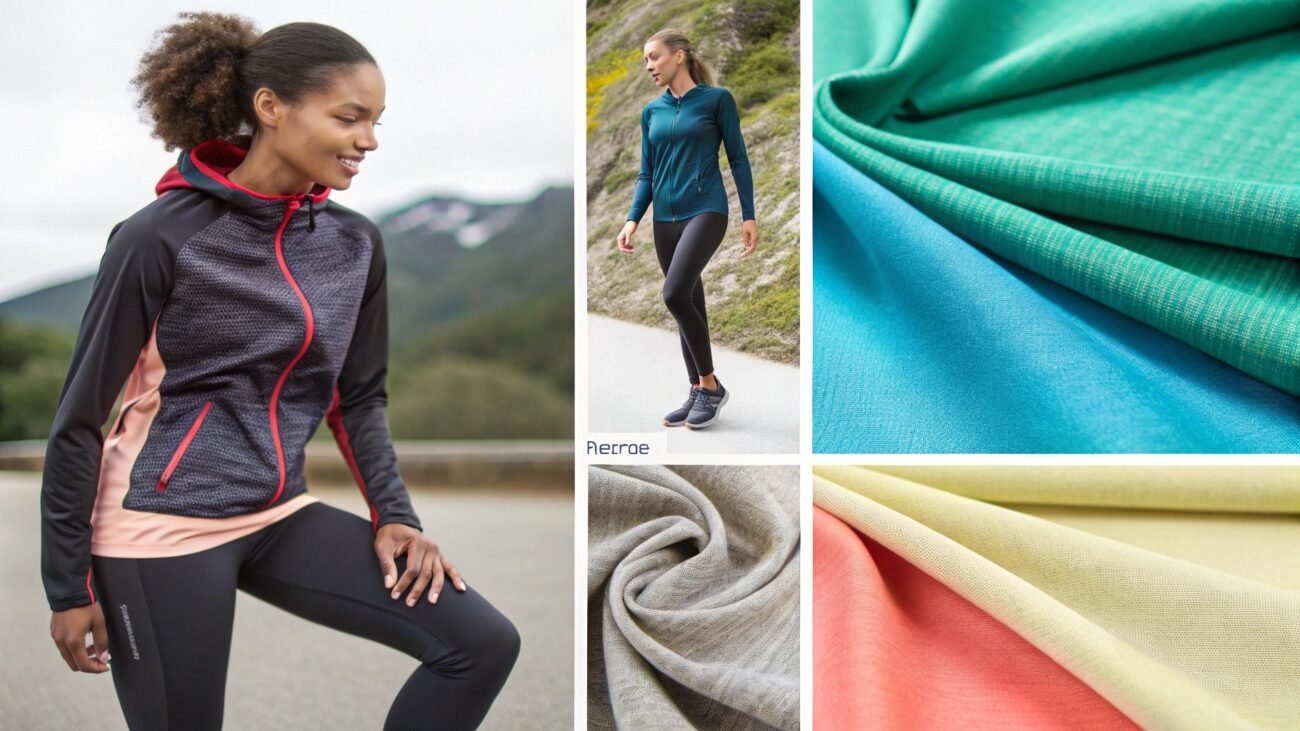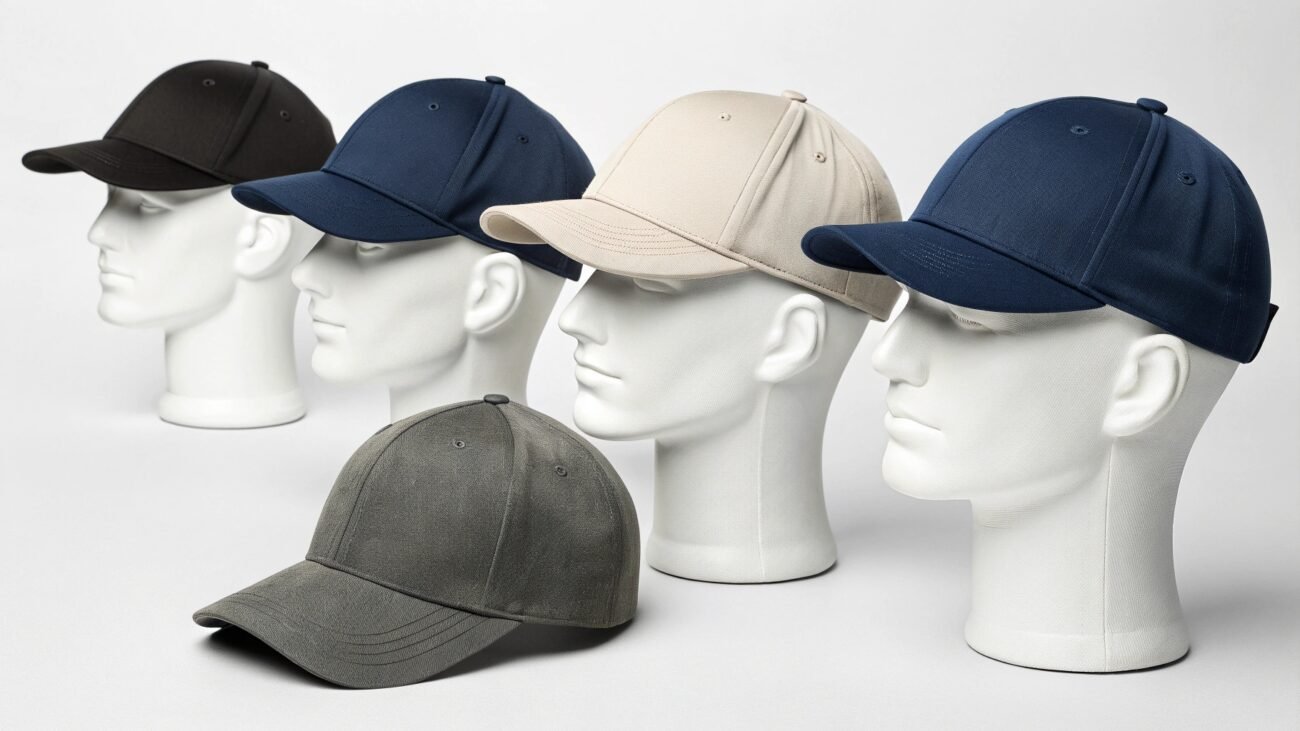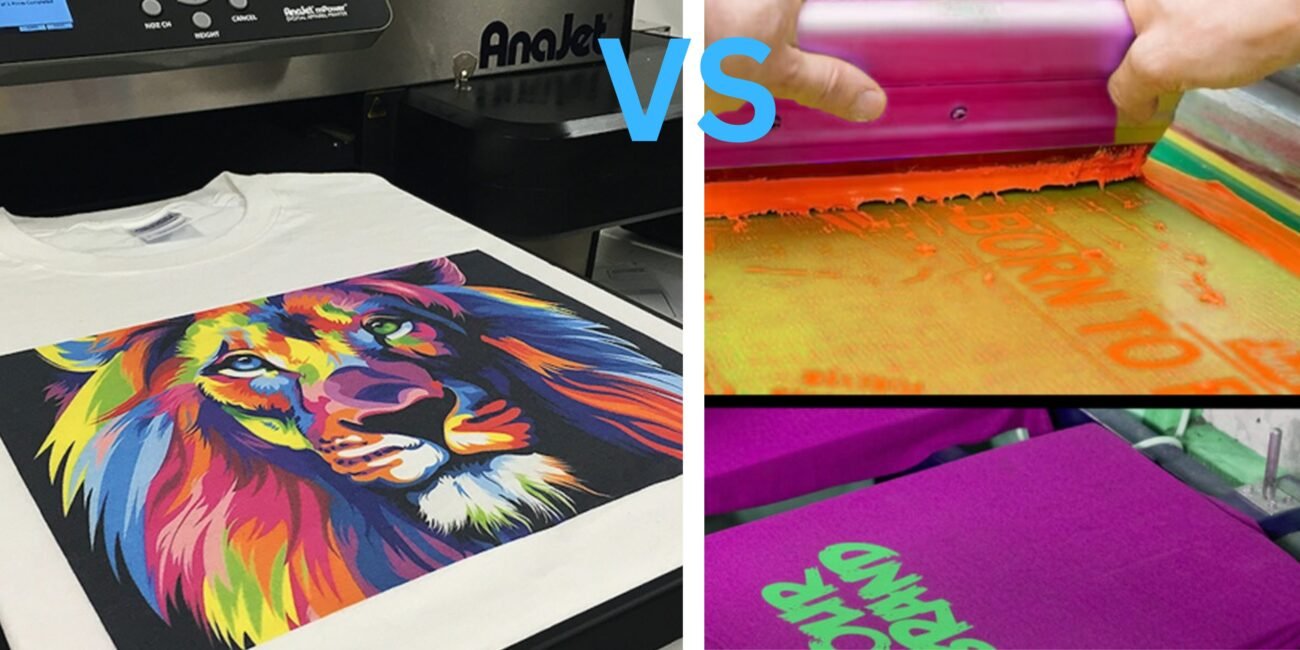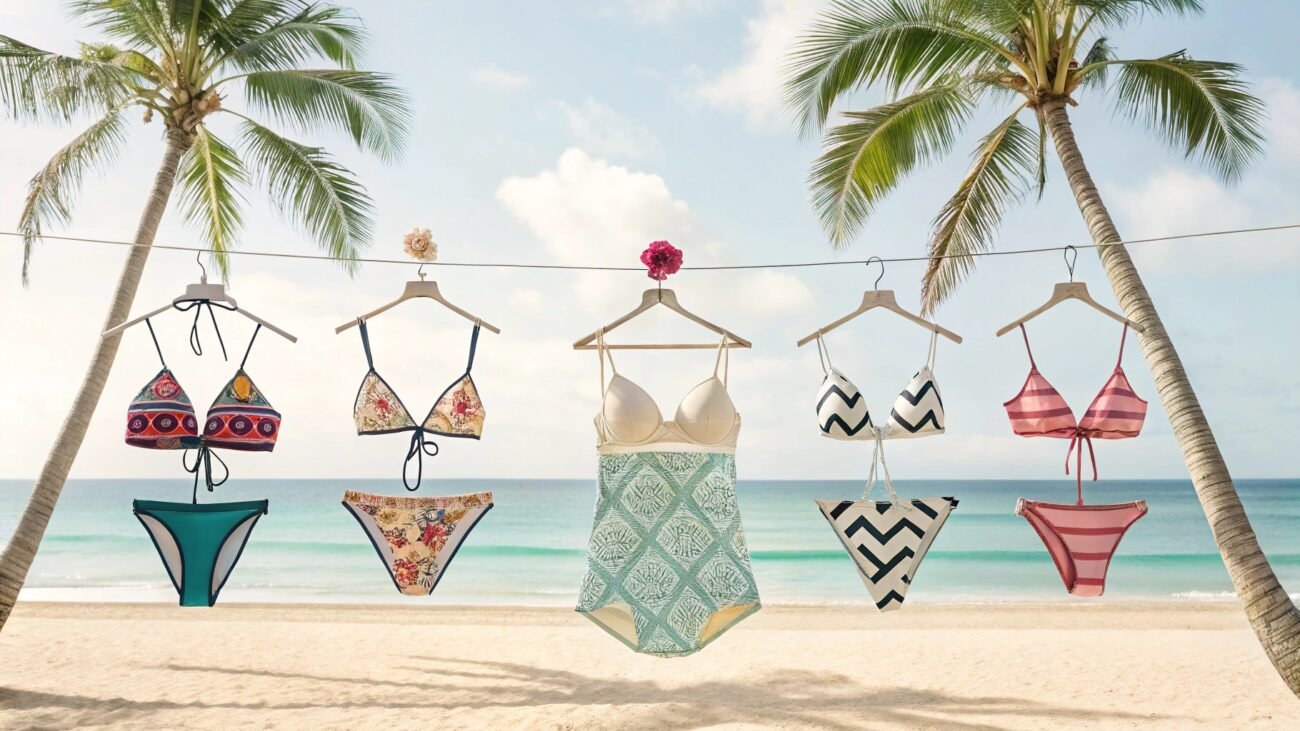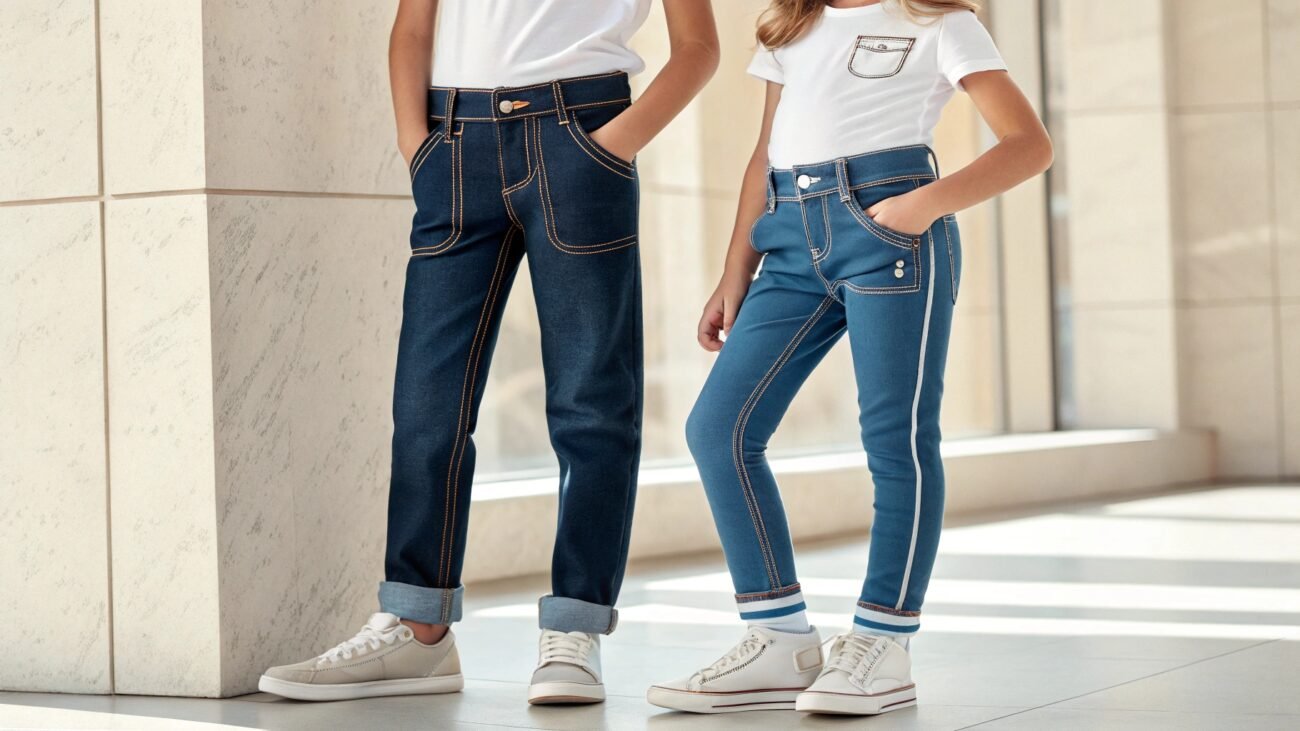Making your own custom activewear lineup but not sure how to select the right activewear material? The right type typically means the one that facilitates a high level of activity and comfort. Not so surprisingly, the choice of fabric also depends on the type of garments you are thinking about designing.
Table of Contents
ToggleFor example, nylon-spandex is considered the best stuff for manufacturing swimwear, but if we were to make boxers with the same material, then it might become the polar opposite of best!
Similarly, there are so many turns and points on which you can make an absolute mess; this is why we took the liberty to write this blog; the main agenda of this blog is to guide you through the world of choices regarding activewear fabric and associated properties.
How are Activewear Fabrics Different From Traditional Materials?

Historically, there was no difference between casual and athleisure fabrics, but with a multitude of advancements in technology and trends, activewear materials separated from the rest. Now the question is, how exactly are they different? Can you use any other material for gymwear?
To get to the bottom of this, it is crucial to understand the entirety of activewear clothing and why it is so vital right now. Activewear clothing refers to those sets of clothes that are:
- Stretchable.
- Proper fitting.
- Quick drying.
- Supportive.
- Durable.
> Now, take a moment and think how many types of fabrics are out there that can provide the same value as leisure-centered materials?
You may find a few options, but even those wouldn’t be able to tick all the boxes of being sports functional. Yes, you can make your “Gym clothes” with materials such as silk, cotton and jersey, but would they be able to withstand hard and rigorous treatment? Chances are none.
This is why activewear garments can only be fabricated using fabrics with specialized serviceability. In fact, for your ease of understanding, we have devised a table explaining the properties of workout fabrics against typical clothing materials.
| Feature | Poly-Spandex | Cotton |
|---|---|---|
| Durability | Highly Durable | Moderately Durable |
| Stretchability | Stretchable | Can’t be stretched |
| Fitting | Flexible & adaptive fitting | Just flows on body without fitting |
| Resistance | Abrasion & tear resistant | Easily abrases and tears down |
| Moisture Management | Moisture wicking | Moisture absorbent |
Must Read Note: What information spectrum do you see in the above table? Poly-spandex is capable of providing every value a great tracksuit will need, but on the other hand, cotton will be an incredibly foolish choice to make any clothes that demand proper fit and resilience.
Best Fabrics for Activewear Clothing
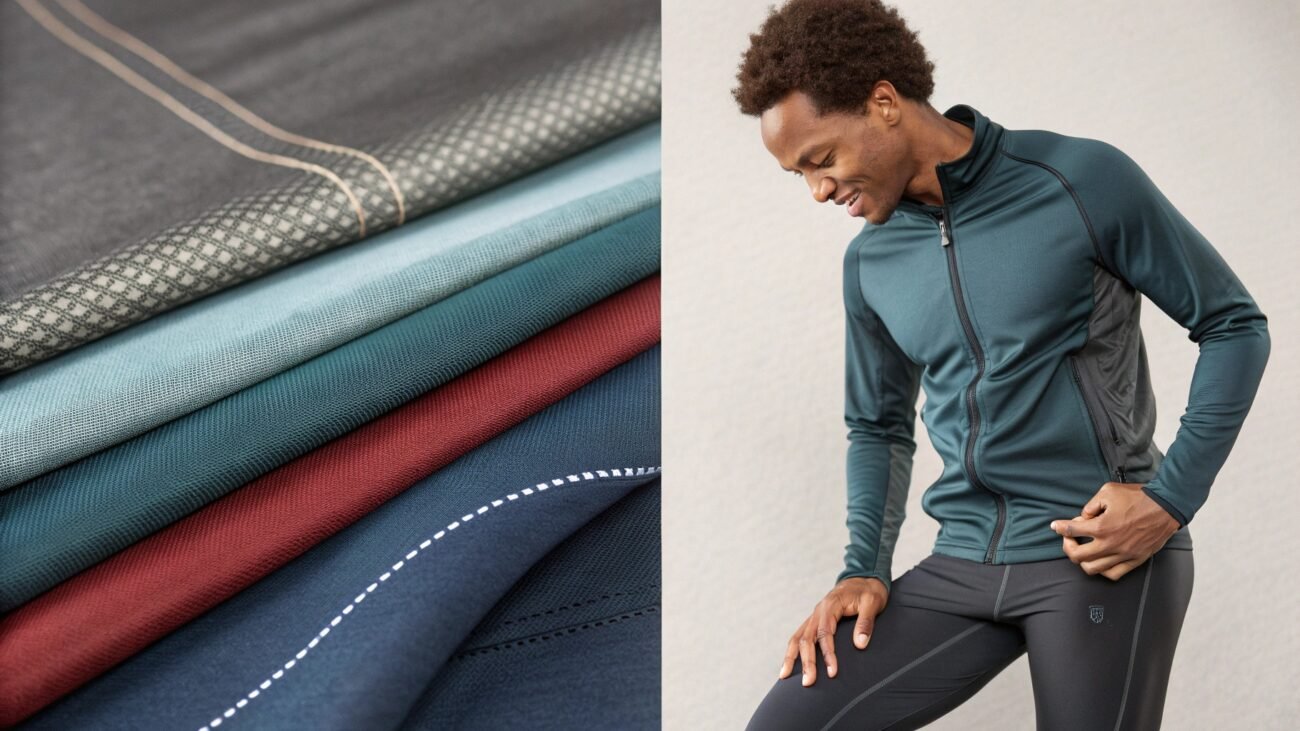
If you had read the previous section of the blog, then without any doubt, you are now perfectly equipped to understand that even among activewear clothing material, no one type can be the “Greatest.” As it heavily depends on the preferences and type of garments envisioned.
Most of the sportswear clothes are created using the below-mentioned types of activewear materials:
1) Nylon:
Nylon is an artificial fibre made using petrochemicals, so there is no doubt about its questionable sourcing, but nylon is also known for its exceptional tensile strength and lightweightness, which makes it a fine choice for those who want casual gym clothes that are hard to diminish.
Manufacturers worldwide are using this material to make customizable leggings, sports bras and workout tops.
Drawbacks: Nylon can trap heat and retain odours if not incorporated with mesh panels and antimicrobial coatings.
2) Polyester:
If you want to make workout clothes with printed designs, then polyester should be your go-to fabric choice. It is made using plastic polymers, which are excellent at holding designs & colours; polyester is also very durable and tear-free. Manufacturers like PLCM utilize it to make printed tracksuits that are flexible and moisture-wicking.
Why Is Polyester Great for Outdoor Activities?
Polyester is inherently UV-resistant and moisture-managing, which automatically makes it a top contender, if not the already best material for outdoor sports.
Affordability Factor of Polyester:
Another reason for its renowned popularity is its budget-friendliness; clothes made using polyester or even poly-blends are relatively affordable and offer higher profit margins for the business.
3) Spandex Blends:
Spandex is a unique synthetic material characterized by its extra stretching and shape-retaining factor, which comes in extremely handy for professional sports and activities.
However, due to its loose structure, it can not be used on its own and is always blended with other fabrics. But this composition gives rise to the fabrics that have “directly facilitated the distinction” between activewear fabrics and traditional clothing stuff.
Poly-spandex:
Poly-spandex is perhaps the most used fabric material to make high-quality athletic apparel, as it combines goods from both sides. It is also another great option for printed customizations.
Nylon-spandex:
This combination creates a lightweight and moisture-wicking fabric unlike any other. It also confers to high adaptive fitting due to its excellent fitting. Nylon spandex is regularly used to make long-lasting swimming suits and leggings.
Cotton-spandex:
This blend has been fabricated in recent years, as cotton was always believed to be one of the worst performing materials for strenuous activities, but it did offer unmatched breathability, which no activewear material can provide.
Combining cotton with spandex facilitates the creation of such fabric, which is not just durable and flexible but also hypoallergenic and porous for airflow. Today, cotton spandex is considered one of the finest options for making casual yoga pants, leggings and basically any other garment that prioritizes workable serviceability with softness over high-performance functionalities.
4) Wool Options:
You might be surprised to see wool in this blog, but reality favours wool to be surprisingly durable and soft for making not just in-linings but also performance-centred garments altogether.
Some other features of wool:
- Moisture drying
- Odor resistance
- UV-guarding
- Temperature regulation
Why Is Wool Not Considered a Sustainable Fabric?
Although sourced naturally, animal abuse is something we all should keep in our minds. Constant shearing can distress animals, and there are also breeders who forcefully breed sheep to make more fur, which in turn also contributes to global warming.
5) Microfiber:
Microfiber is composed of tiny thread fibres, which allow it to be exceptionally soft against the skin, but due to higher costs, it is typically only utilized to make towels and cleaning rags. But in the market, there are some vendors, such as private label clothing manufacturers, who are making custom T-shirts and tracksuits using microfiber.
If you are looking to start your own clothing brand but are not sure which way to take, then you should read one of your recently posted blogs: Clothing Manufacturers For Startups: From Development to Production
Looking for Affordable Activewear Manufacturers?
Consider PLCM, although we are custom clothing service providers but our expertise relies in activewear clothing. We provide market challenging prices with low MOQs of 50 pcs.
Sustainable Activewear Fabric Options
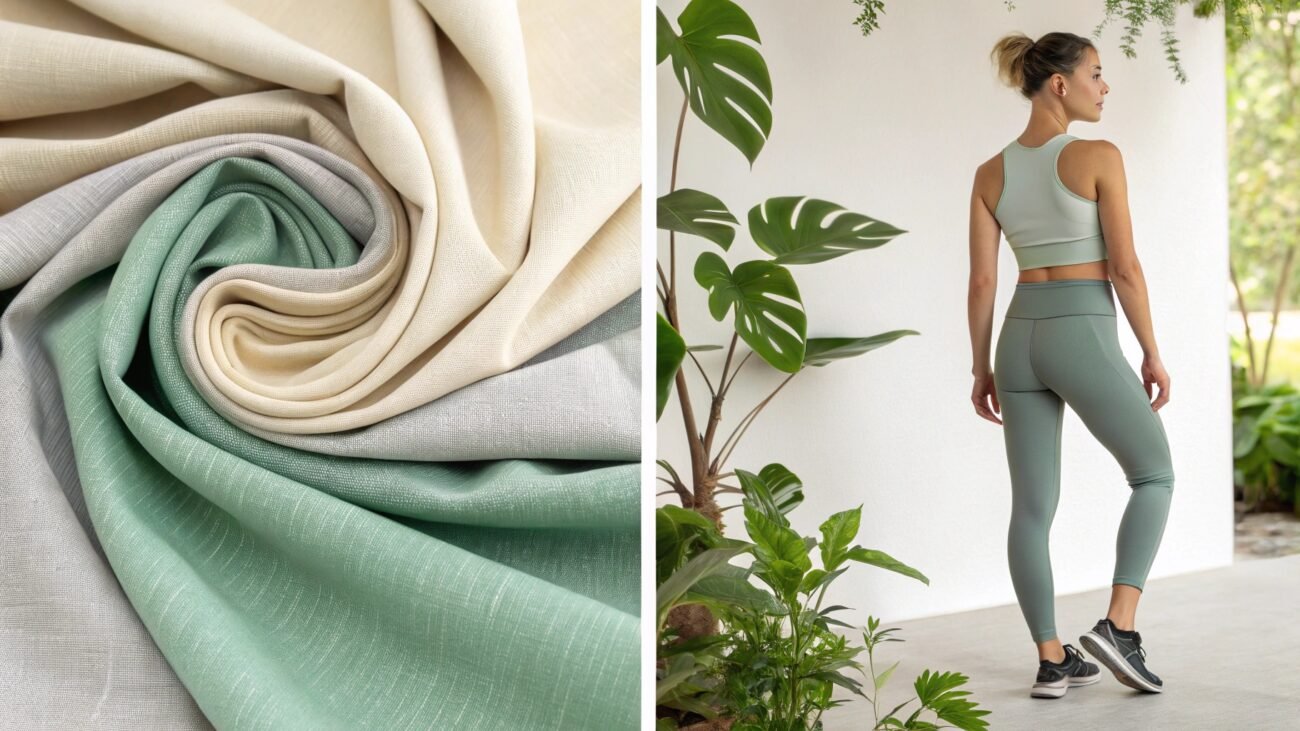
Sustainability concerns are at an all-time high, considering how bad the environment has become. Owing to clothing industrial wastes, people are leaning more towards eco-friendly options or fabrics that can at least degrade over time.
- If you still think environmental impacts are not that substantial, then consider this research by the European Parliament:
- Textile waste is responsible for contaminating 20% of global clean water.
- Textile purchases generated about annually 270Kg of CO2 emissions per person (Totalling 121 million tonnes of emissions).
- Only 1% of textile is recyclable, which means other garments either have to be incinerated or dumped into seas, which can majorly affect the aquatic ecosystem.
1) Bamboo:
Think of bamboo as cotton but with further reinforcement that can grow without fertilizers and pesticides. Bamboo fabric is excellent at moisture wicking, UV-guarding and anti-bacterial activity. Due to its fibre being more malleable, it is also quite stretchable and durable. Overall, bamboo is one of the breathable fabrics for activewear that can be used in activewear, which cotton on its own could not.
2) Tencel:
Tencel offers a feel of luxury when used in sportswear. It is naturally soft and smooth, which comes in handy during long workout sessions. Think of Tencel as silk but with biodegradation susceptibility. It comes with these beneficial features:
- Highly breathable
- Temperature regulation
- Anti-bacterial
- Colour fastness
Best for: Tencel is a great option for making athleisure focused on comfort and airflow. This includes yoga pants, casual athletic tops and hiking shirts.
3) Hemp:
Hemp is derived from hemp plants and is highly sustainable and versatile. It comes with a guiltless experience of toughness and sustainability. However, being purely natural, it can be quite expensive and prone to wrinkling.
Drawbacks: Hemp, if not treated right, can be very stiff, and it also tends to not hold colour dyes for longer periods of time.
4) Recycled Polyester:
Recycling polyester brings not just a potential for new garment production but also an opportunity to contribute to a cleaner environment. Recycled Polyester is perhaps the most used sustainable fabric in the sportswear industry. It offers the same functionalities as traditional polyester but with the use of less energy, which is a key focus to maintaining a liveable planet.
5) Which Sustainable Fabric Is Best?
Tencel is arguably the best sustainable fabric option for activewear as it offers a perfect blend of performance with low environmental impact. Although it is not as cheap as recycled polyester, its functionalities make it a leading choice for a wide range of activewear clothes.
Related Read: Unveiling the Best Apparel Fabrics in 2025
Startup-Friendly Methods to Choose the Best Activewear Fabric
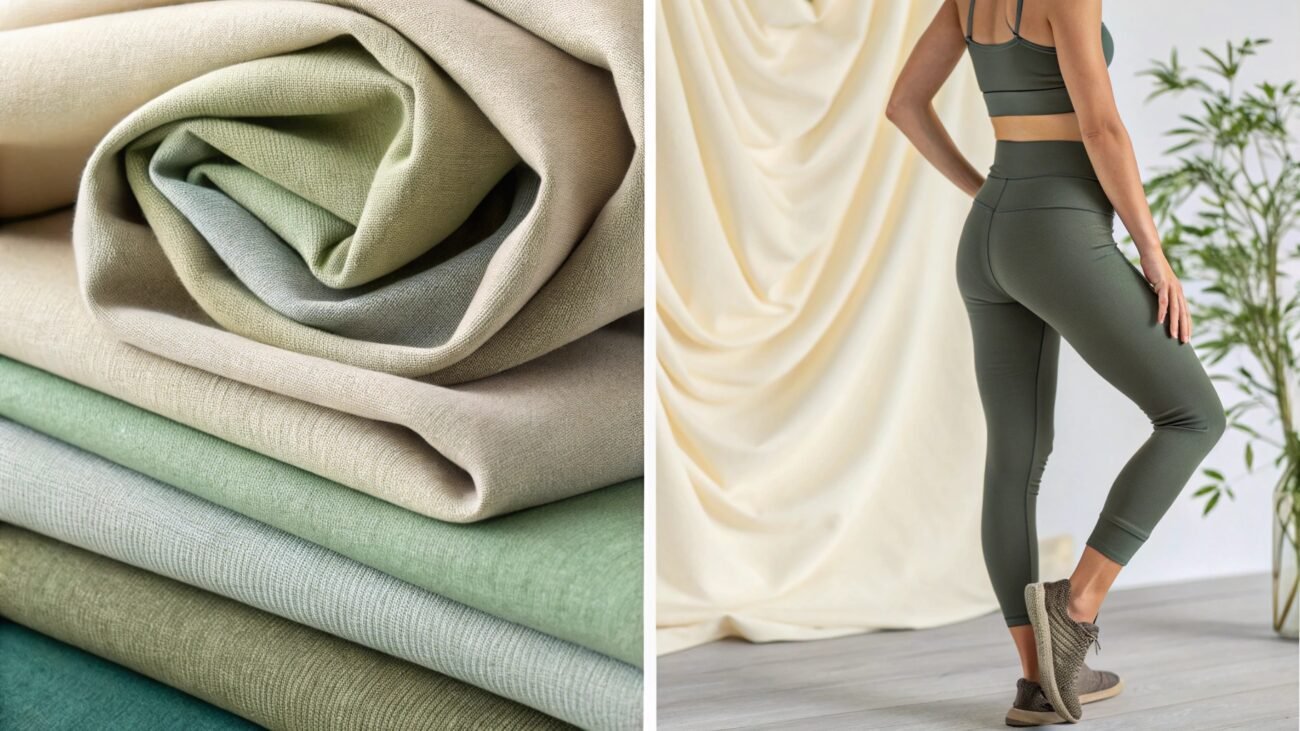
Choosing the top performance fabrics for sportswear is a concern of every entrepreneur, but it is also important to understand how your preferences and garment choices can affect your definition of “best fabric.”
- Let’s take a look at some of the pointers that you can use to select your fabric material:
- Design: Try to visualize your designs and see which material would provide higher functionality. Suppose you want to design breathable sweatshirts for outdoor gym sessions, then your most plausible options are either poly-spandex or cotton-spandex because if you go along nylon, then under UV rays, it would degrade over time.
- Comfort levels: In athletic apparel, comfort is the second most important thing after functionality. Nobody can just wear uncomfortable clothes for long sessions. You need some comfort and ease of management with clothes. If comfort is your primary concern, then go for cotton spandex or bamboo; otherwise, for adequate leisure with higher functionality, you can opt for polyester or its blends.
- Durability: Every workout garment should be high in resiliency as typical gym wear is more expensive than most clothes, and nobody can just go around shopping for new gear. If your clientele is Olympic or competitive players, then Nylon-spandex would offer tons of benefits because of its superior tensile strength and tear-free nature.
- Weight: The higher the fabric weight, the higher the durability, but when designing lightweight clothes like one-piece swimsuits or sports bras, you need lightweight materials like nylon or recycled polyester; however, for rugged hoodies, dense microfiber & wool can be used.
Quick Note: Materials are not lightweight or heavyweight on their own. Rather, they have High or Low GSM, which dictates their weight. So yes, you can even use lightweight polyester for heavy garments as long as you find suitable vendors with higher GSM availability.
- Moisture Management: The level of airflow is also important; for sports such as cycling, air flow should be minimal in order to provide that aerodynamic shape, whereas, for weight lifting, there should be great airflow that could facilitate sweat perspiration. So try to evaluate what kind of purpose your clothes serve and then select the fabric with matching properties.
- Cost: Although the above-mentioned aspects are crucial when we are talking about business management specifically, consider the fabric that is most viable for your business. If your designs can be made using just polyester, then why go for poly-spandex? Similarly, try to connect the dots before choosing any material.
- Garment Type: The category of garments also limits your options, as you can’t use certain materials like wool to make underwear, can you? Take a look below to get a profound understanding!
| Fabrics | Best Use |
|---|---|
| Polyester | Jerseys, Running shorts & Leggings |
| Nylon | Sports bras, Swimwear & Compressional wear |
| Spandex Blends | Leggings, Sports bras, Compressional wear, Yoga pants, Cycling shorts & Fitted tops |
| Wool | Hiking Socks & Fitted tops |
| Bamboo | Yoga wear, T-shirts |
| Tencel | Fitted-tops & T-shirts |
| Hemp | Casual activewear |
| Microfiber | Running sweatshirts & lightweight jackets |
Conclusion
To put everything in a short summary, there are many types of activewear fabrics in the market; however, not each kind can be used for all general purposes. Their characteristics are best utilized with specific garment types and use case scenarios.
With advancements in technology, there is also a rise in sustainable fabrics, which are just as good if designed right. So now the dilemma of bamboo and Tencel being low quality is long gone, and if you too can manage to understand the differences between each kind, then you can easily lead your athleisure brand to success.
FAQs
(1) Can nylon withstand outdoor sports?
Yes, it can, as long as it is water-related. Nylon tends to lose its structure when exposed to UV rays from the sun. However, if you are planning to use nylon-based clothes for cycling or beach gyms, then we highly suggest you don’t.
(2) Is recycled polyester just as good?
Absolutely! Recycled polyester is the same as virgin polyester fabric; it offers the same functionalities of being durable and colour-holding for custom design etching.
(3) What is the best material for Yoga pants?
Spandex-blends, more specifically cotton-spandex and bamboo, are great options for making breathable leggings as both types bring general comfort and an allergen-free experience.
(4) What is a caring routine for activewear fabrics?
Taking care of your activewear clothes requires several steps, such as:
- Leaving it in a cleaning basket to dry away all the sweats
- Turn your clothes upside down so as to not break away at finishings on the exterior
- Use plant base soap to gently wash your clothes
- Always use cold water, as hot water can damage the spandex in your gym wear.
- Use air-drying techniques and avoid tumble dryers.

